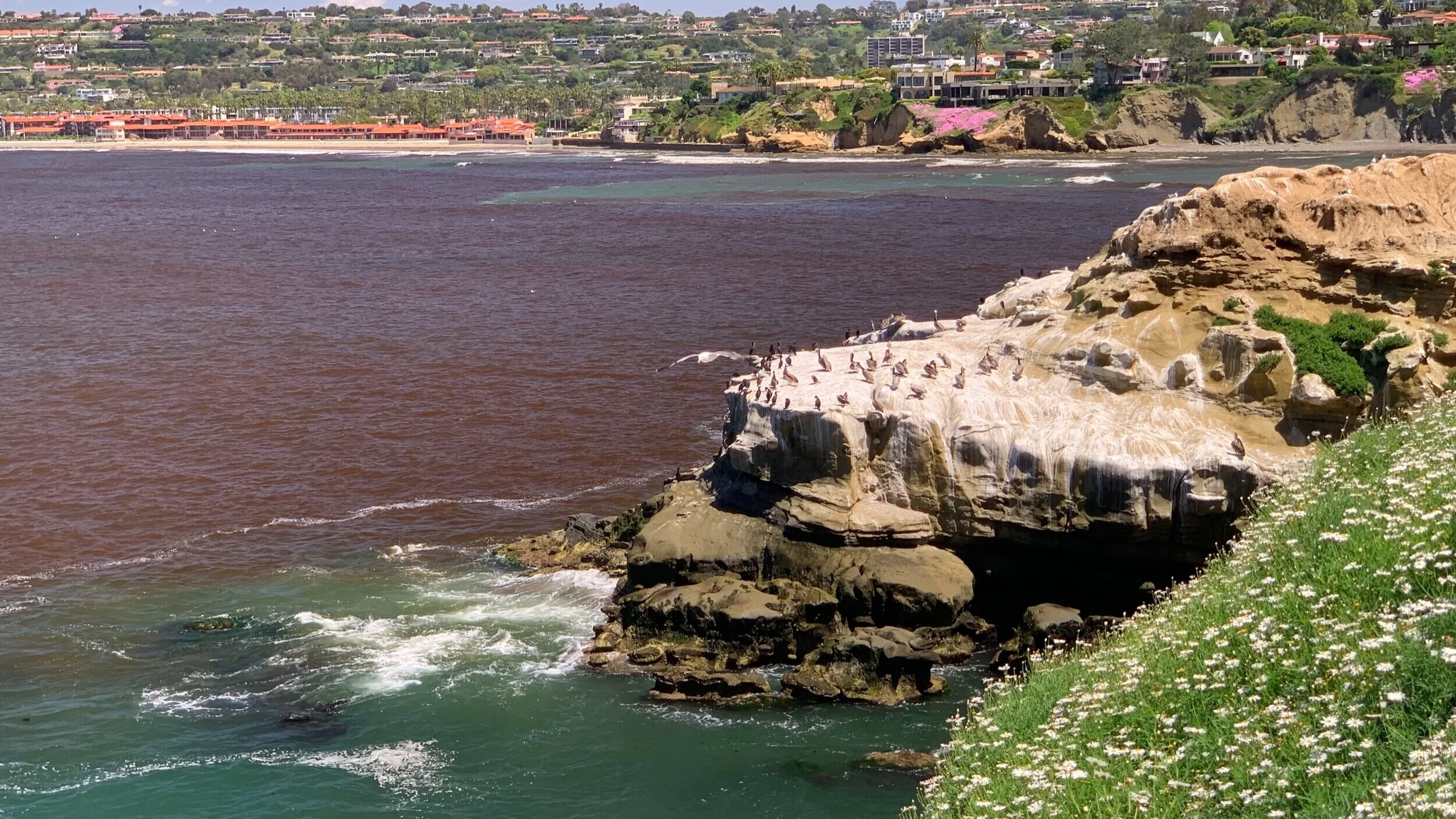LIMNOLOGY
LIMNOLOGY
PAYLOAD:
RBRconcerto CTD
Rockland Microrider
Seabird ECOpuck: ChlA, CDOM, Backscatter
INSTITUTION:
University of Minnesota Duluth, Large Lakes Observatory
DEPLOYMENT LOCATION:
Western arm of Lake Superior
SCIENTIFIC SUMMARY:
Lakes are dynamic ecological systems that at their coastal interface have mudflats and sand, receiving frequent floods and river runoff, while wind and waves bring continual change to the shoreline. Nevertheless, it is human activities that cause the greatest and most rapid change. The lake’s shores are especially vulnerable to climate change, and changes in the use of land and freshwater. These changes may fundamentally modify geomorphologic, hydrodynamic, biogeochemical processes in the coastal zone and affect significant transport of materials from the land to rivers and lakes.
Figure 1 - Full 30+ day record of temperature and chlorophyll.
Figure 2 - Zoomed in subset of temperature and chlorophyll data.
Physical transport processes are often the dominant factor in mediating geochemical and biological processes at lakes. The residence time and degree of accumulation of nutrients and contaminants in the sediments (suspended as well as bottom) at lakes are partly controlled by the physical exchange processes and partly by biotic processes active. Wave-generated currents, lake levels, longshore pressure gradients, stratification effects, non-storm waves, and a storms shorter period waves, have a significant impact on the hydrodynamics patterns of lakes, and therefore will govern the biogeochemical processes and the suspension of sediments and particulate pollutants.
The capability of the Wirewalker to work in low wind conditions and with the integration of multiple sensors provides a unique tool for the observation of a lake’s hydrodynamics and biogeochemical cycle. A deployment on the western arm of Lake Superior for 30+ days (Figure 1), starting on August 23, 2017, collecting close to 30,000 profiles and reflects the influence of the wind on the dynamics of the lake. Periods with mild winds show a marked stratification and warmer waters above a shallower thermocline (Figure 1, upper panel). During a strong wind event (day 9 of the deployment), mixing throughout the entire water column above the thermocline is evident, and consequently, a deepening of the thermocline occurs. The combination of the stratification, relaxed winds, and surface layer heating due to the solar radiation with the storm fronts (stronger winds) have a considerable impact on the primary production (Figure 1, lower panel).
By zooming in on a subset of data starting on the 9th day of the deployment, clear oscillations in the temperature can be seen (Figure 2, upper panel), which result from a combination of the front passing and diurnal heating. Those oscillations are also reflected in the chlorophyll concentrations across the lake’s water column (Figure 2, lower panel). The arrival of the front is evident by the strong and abrupt mixing that is produced above the thermocline.
REFERENCE:
See NICE (Near-Inertial Coastal Experiment) at www.d.umn.edu/~smkelly/research.html












